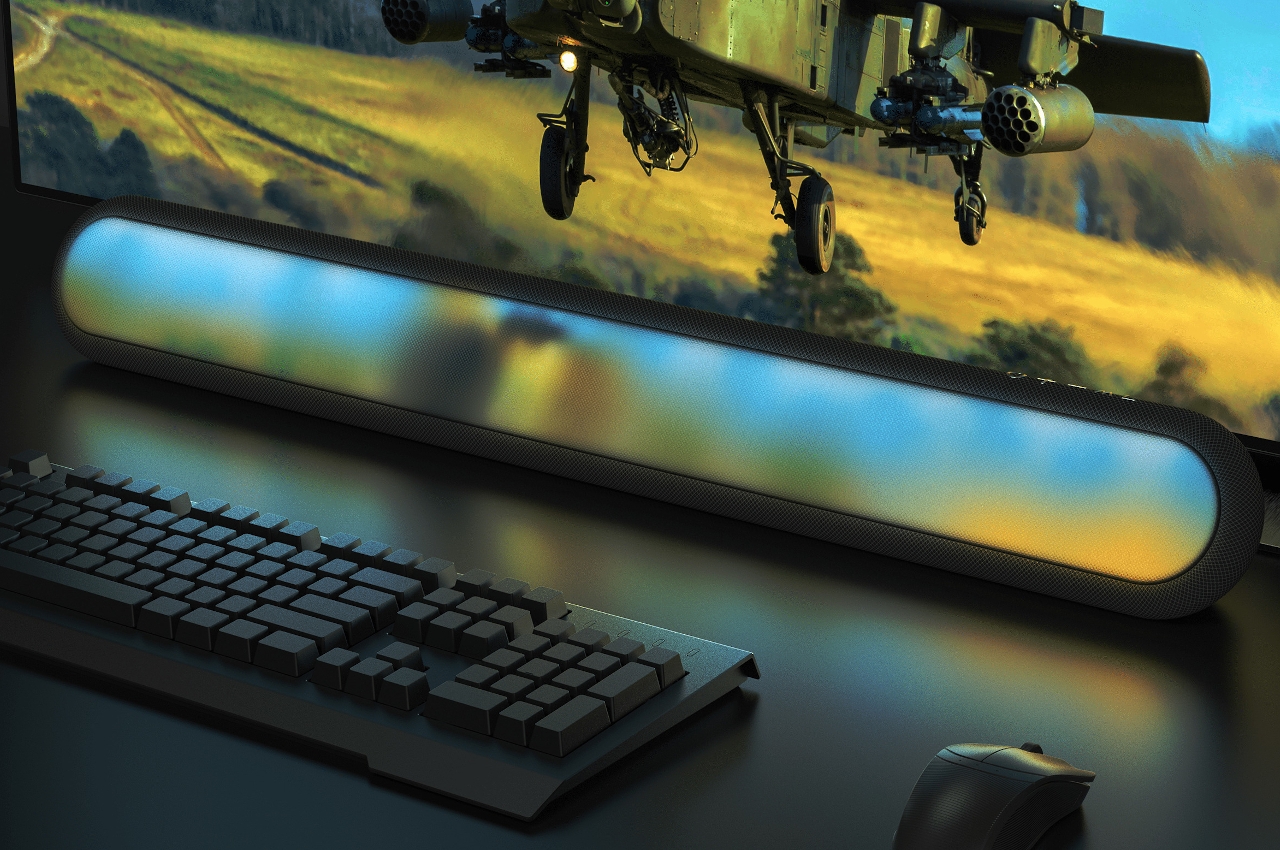#Do Powerful Laptops Make More Sense in a World of Blackouts?

Table of Contents
“Do Powerful Laptops Make More Sense in a World of Blackouts?”

There’s no substitute for a powerful desktop computer, but when the power goes out, it becomes a very expensive paperweight. As blackouts become more frequent and we move towards off-grid power, is there a case for buying high-end laptops instead?
Desktop “Replacement” Laptops Are Finally Living Up to the Promise
At the very high end of the laptop world, whether we’re talking premium gaming laptops or portable workstations, the idea of a “desktop replacement” laptop has always been elusive. The dream is to have a single portable computer that can do everything you need well enough that you don’t have to spend money on a second system.
In practice, laptops for most of their history have not only been far behind desktop systems in performance, but they’ve also been generationally behind. Today, that’s no longer the case. Although they may not have the same raw performance, the CPU and GPU in a modern laptop have the same technology as their desktop counterpart. Computer technology has progressed immensely regarding power efficiency and scalability, so the same technology in a laptop can be scaled to a desktop where power and thermal limits aren’t much of an issue.
In other words, it’s now a question of the percentage of performance you can get from a laptop, rather than the limit of what it can do.
When Is Performance “Good Enough”?
For professional users, this generally means you can do everything on a powerful laptop that you can do on a powerful desktop. Your render might take 10 minutes longer to complete, or your game may run at a lower frame rate, but how much does that matter in practice?
Setting aside price issues and looking at performance in isolation, is the absolute performance level of high-end desktop replacement laptops good enough? Obviously, there’s a subset of users who really need every last drop performance a desktop system can provide. That said, we suspect that even the vast majority of power users could get along just fine with 70% of the performance they’d get from a desktop system.
Laptops Are the Performance-Per-Watt Kings
Laptops have to solve complex issues of power and thermal management. The largest laptop battery that an airline will allow you to bring onboard is a 100Wh unit, which is why you’ll see plenty of high-end laptops ship with a 99.9Wh battery. Even when cutting speeds significantly to run off battery power, that’s still a small pool of reserve power to work with, so the components must be extremely efficient.
Even when plugged in, which is how desktop replacement laptops are meant to be used, these laptops have to achieve a lot using stringent power limits. Typically the power bricks on high-end laptops top out at around 250W to 300W, which means the total system draw can never exceed this number.
From some perspective, a desktop RTX 3060 Ti uses roughly 200W of power under load all by itself. The mobile RTX 3070 Ti, which is in the same ballpark performance-wise, tops out at 125W for the most power-hungry variants of the chip. Running the Red Dead Redemption 2 benchmark at 1440p Ultra settings, our 105W 3070 Ti laptop had a total system draw of 150W, which includes the 240Hz 1440p internal screen!
The Off-Grid Mindset

You may not care how much power your computer uses when you can just plug it into the wall. The only difference you’ll notice is a higher power bill at the end of the month, but that extra energy cost of a power-hungry desktop system is nothing in the face of the prices that go with high-end laptop life.
However, once you have to run your computer from a battery backup system or use solar power in an off-grid or grid-tied system, suddenly, every Watt counts. Usually, when adding off-grid power to a home, it’s cheaper to switch out appliances for more energy-efficient models than to provide enough total capacity to supply your current usage. You need to meet your off-grid power source half way.
If you buy a portable power station to keep your desktop computer running, you may find that the energy capacity needed to run your system through a multi-hour power outage doesn’t come cheap. At the same time, running a laptop with desktop-class performance (albeit not a top-tier desktop) is entirely feasible.
Take Anker’s massive 1229Wh power station as an example. A laptop with a peak draw of 200W could run for six hours if you floored the pedal to the metal. A modest desktop system with a 500W total system draw would exhaust that in a mere 2.5 hours. If you live somewhere the power grid is getting less and less reliable, high-end laptops start to make more sense, and don’t forget that you can easily grab that laptop and simply go somewhere the power is still on! That’s not easy with a desktop PC.
If you liked the article, do not forget to share it with your friends. Follow us on Google News too, click on the star and choose us from your favorites.
For forums sites go to Forum.BuradaBiliyorum.Com
If you want to read more like this article, you can visit our Technology category.




